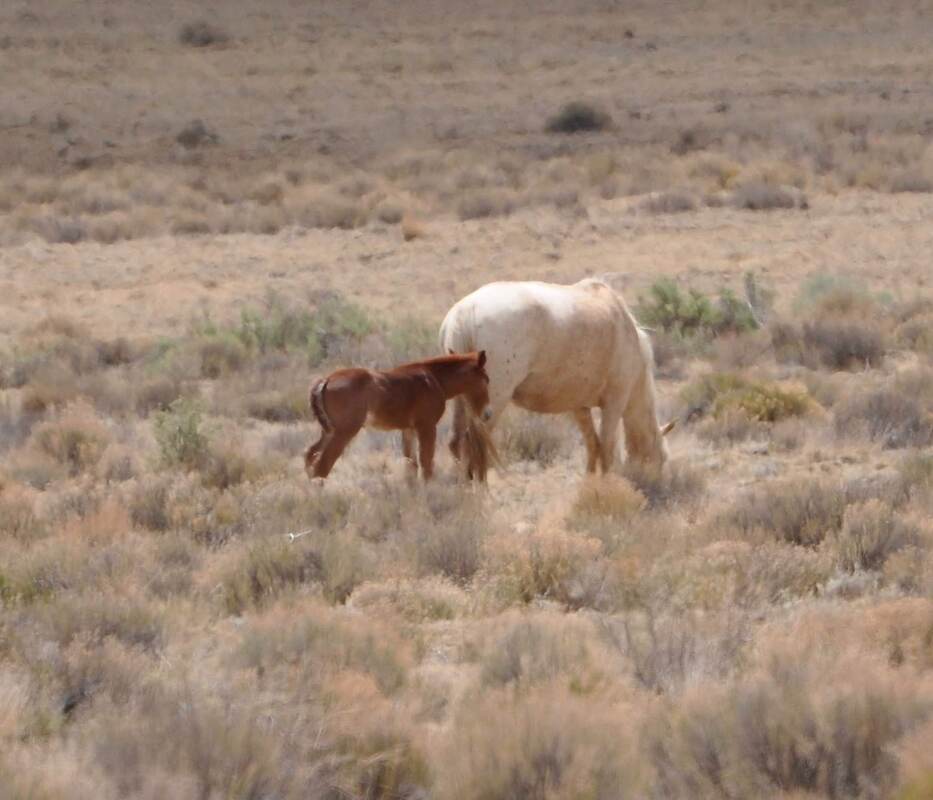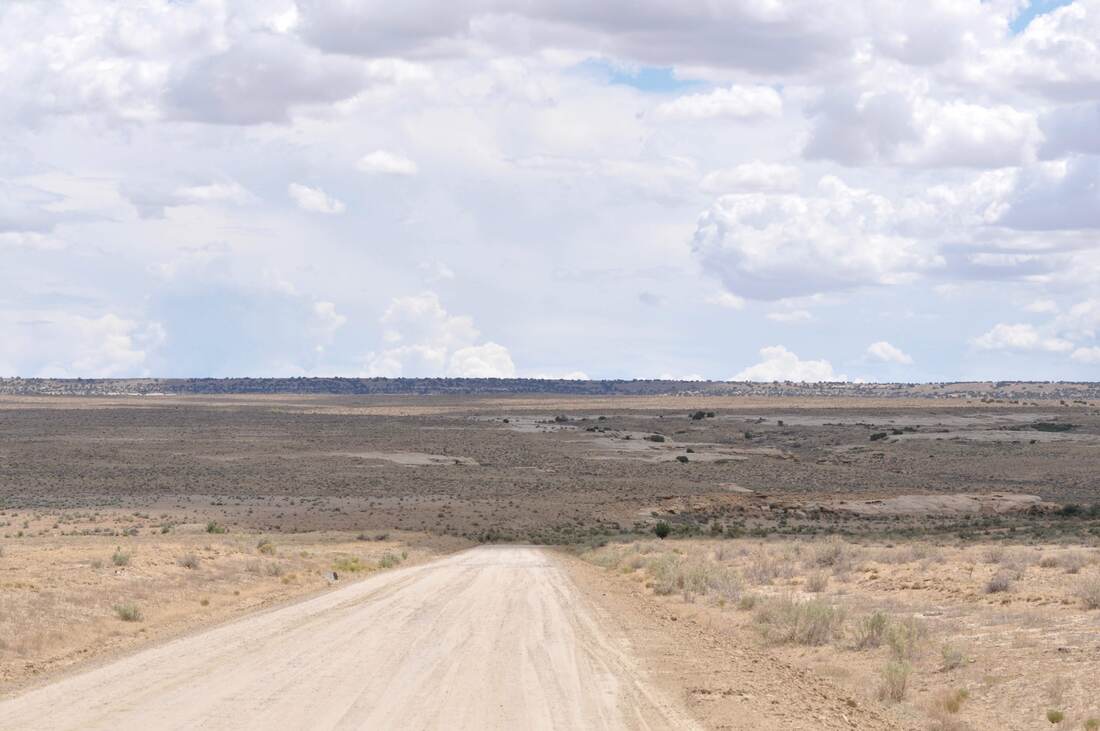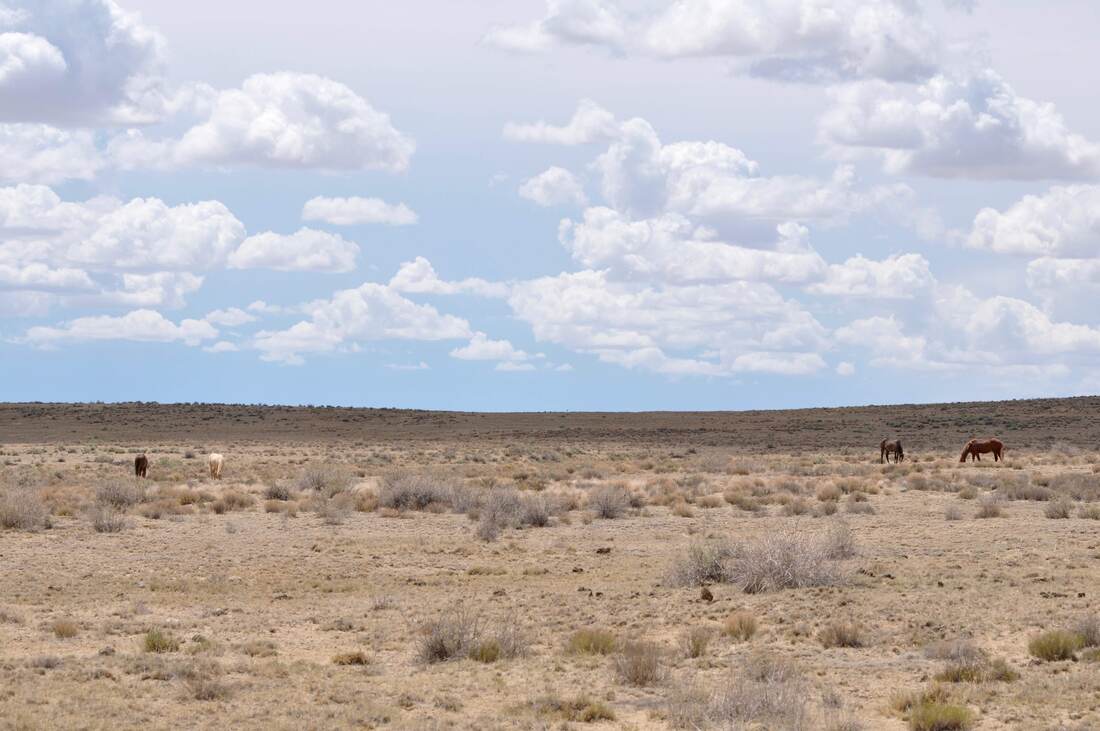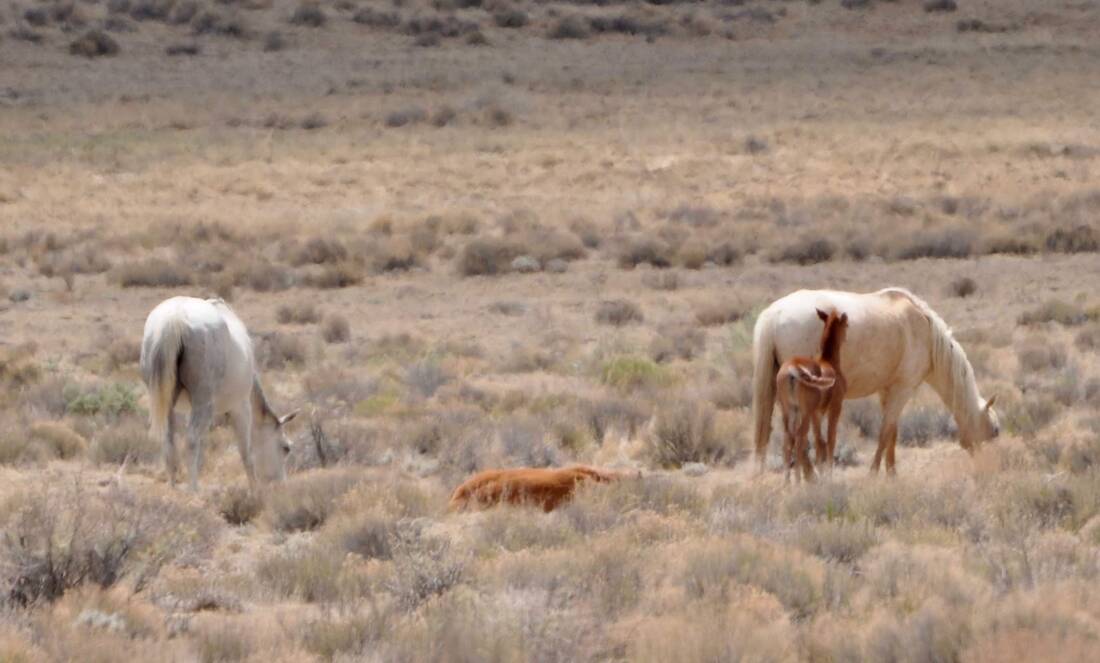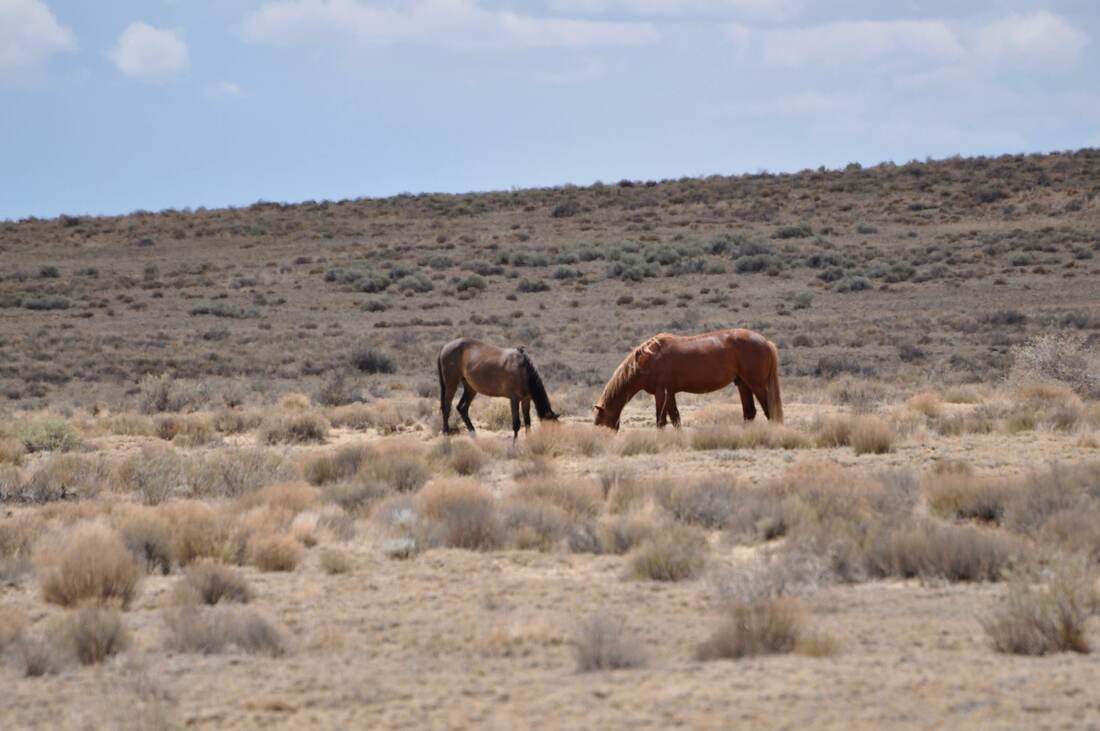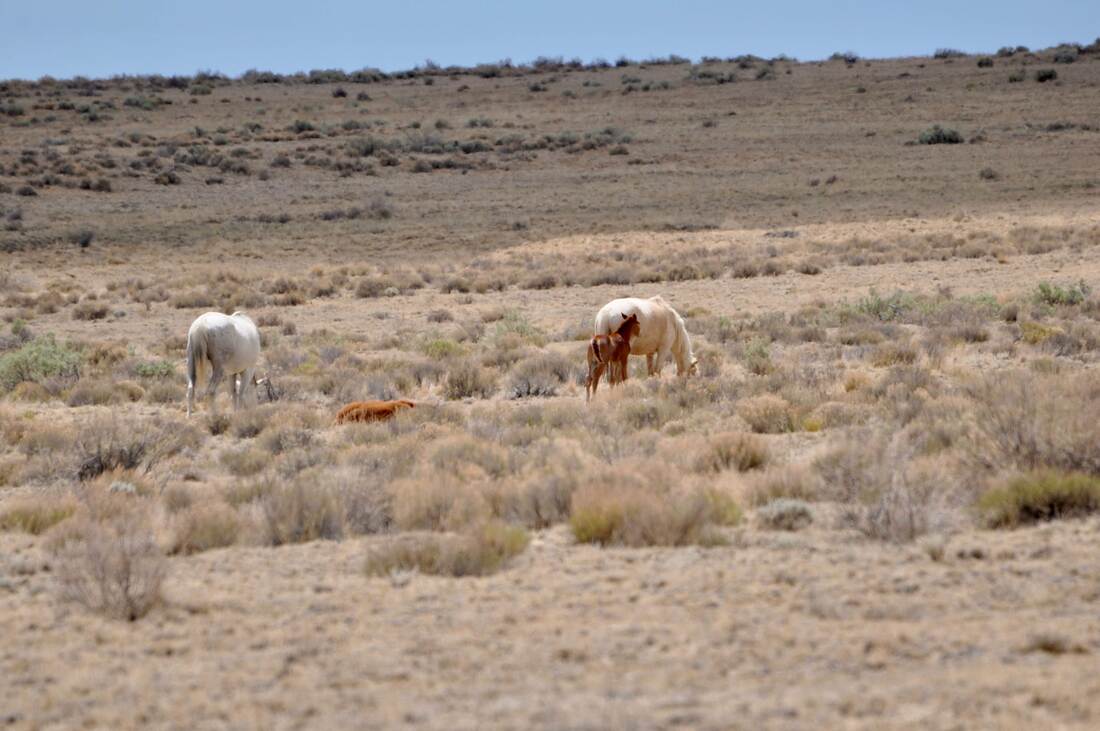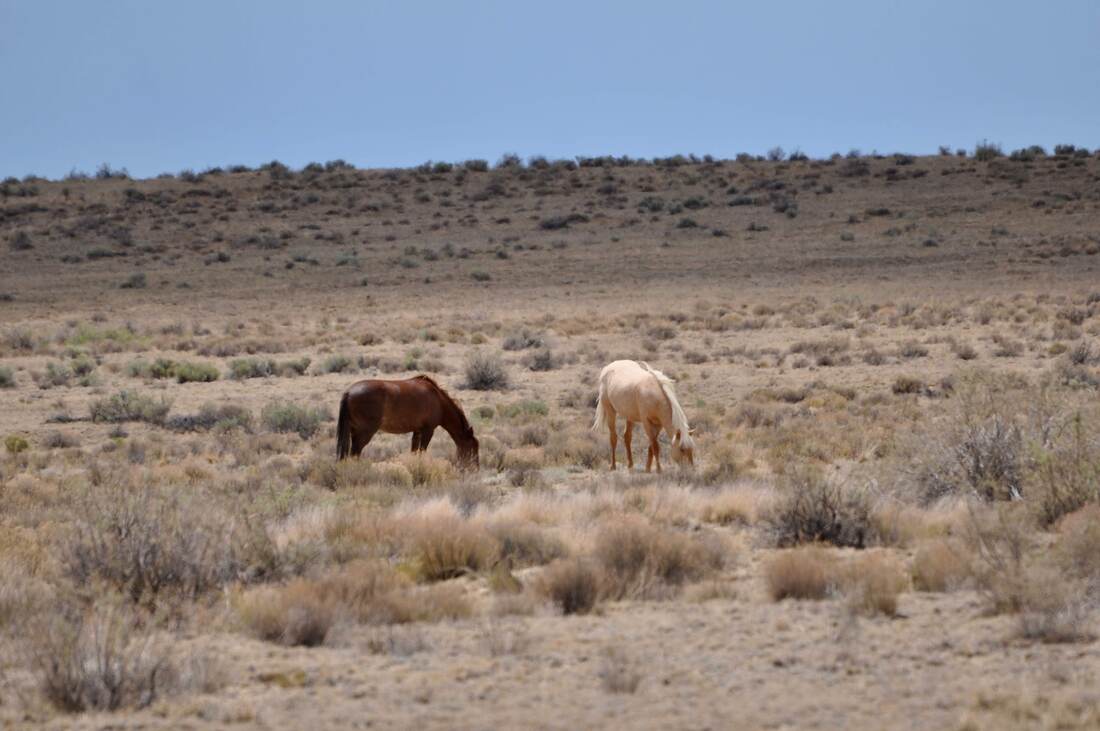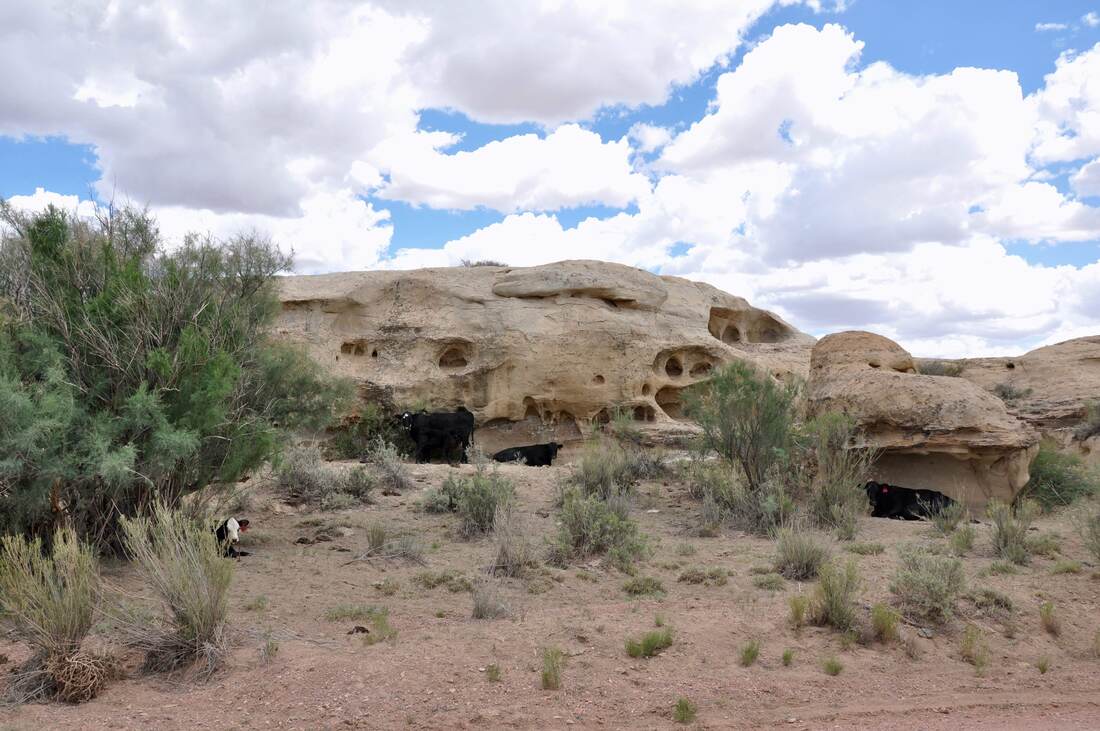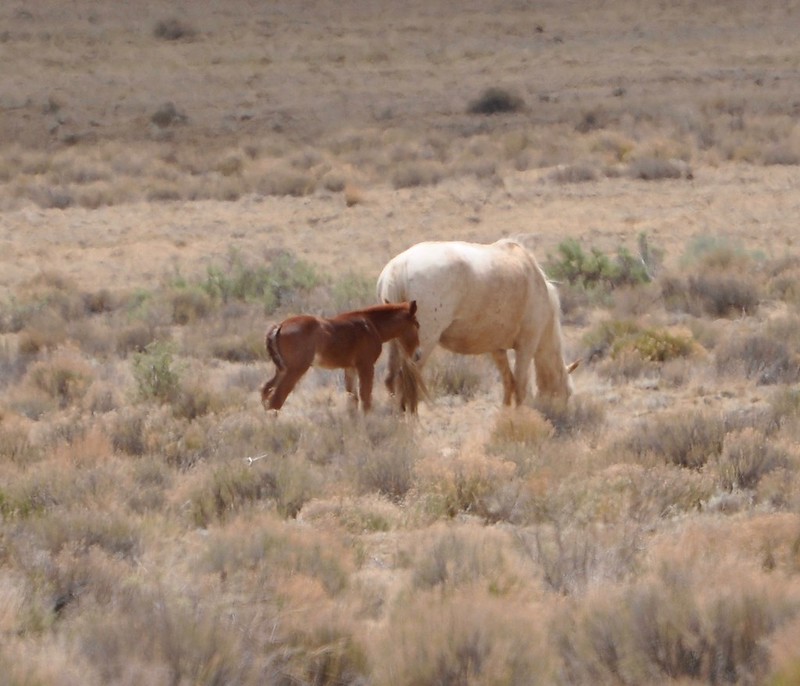|
Exploring the ancient native heritage sites in New Mexico is something that rates high on the travel wish list for many people. New Mexico is a big state and a desolate one at that, so the prospect of traveling endless miles without seeing any signs of civilization or even a gas station does have a way of intimidating visitors. This is especially true during the hot summer season, because if an old car decides to break down, it usually will do so in extreme environmental conditions. Car reliability can make the difference between getting to the destination safely or being stranded out in the middle of nowhere for an extended time in extreme heat conditions. The reason why a disclaimer was mentioned first in this article is because the Chaco Culture National Historical Park is definitely located way out in the middle of nowhere. There are only a few paved roads in this region and the main access roads to Chaco Canyon are made of dirt. The route from Highway 550 to Chaco is the busiest pathway and the dirt road conditions can be very rough, especially after a rain storm. To go directly to Chaco Canyon from Highway 550 near Nageezi, New Mexico, follow CR 7900 to Road 7950, then head west to the entrance gate. The 20 mile stretch of dirt road from Highway 550 to Chaco Canyon is maintained, but the washboard sections will shake the molars loose if you drive a low ground clearance car. A light duty SUV or pickup truck will have no problem with this dirt road, but the going will still be slow. The dirt road that goes from Highway 550 to the east entrance of Chaco Canyon does roll over a vast high desert plateau that initially seems flat and barren upon first glance. This actually is the mesa top high ground, so the views extend to the horizon There are a lot of hidden nooks and crannies in this territory and Chaco Canyon is a prime example. When standing on the barren high ground in this vast desert expanse, it is difficult to imagine that an ancient civilization built complex massive structures nearby that are the size of a modern city. How the ancient civilization was able to sustain itself is also hidden from view, because many of the canyons that cannot be seen from the high ground actually do have water sources that sustain green microclimates. In this way, the Chaco Canyon region ecosystem is as complex as can be. The long dirt road to Chaco Canyon passes through open range ranch territory in the Navajo Nation. Not everybody from overseas or back east understands what open range ranching means, so to put it simply, there are no fences to keep livestock off of the road. Basically, it is like driving through a cow field, so you do not want to do anything that will make the ranchers mad and speeding does tend to tick them off the most. Cattle often stand around on the road, so it is best to keep the speed in check when passing through for safety’s sake. Hitting a cow in open range territory will result in being stranded for a long time and then you have to wait some more till the vehicle can be towed away. A cattle collision also means that you will be liable for the cost of the lost livestock, so the bills do add up quick. Where there is wide open ranges, there is water and feed. Wild horses know this well, so the open range ranch territory is always a good place to spot a few while passing through. In the desert, what it takes to survive is always in limited supply, so one will not see huge herds of wild horses in this region. Instead, the wild horses usually congregate in small packs that are led by one or two alpha males. During the foaling seasons in late spring and early summer, the alpha male horses usually go off to do their own thing, while the mares tend to the young ponies that still depend on milk. The mares and baby horses do tend to wander to where feed and water is easy to come by. Knowing this helps to make the mares and foals easy to spot in open range territory when springtime rolls around. When driving to Chaco Canyon, I figured that snapping a few photos of the long dirt road would let readers know what lies in store. When I spotted a few wild horses, that changed the dirt road mention into a destination of its own, because there are plenty of people that will drive out in the middle of nowhere just to see wild horses, especially if newborn ponies are in tow. Wild horses in the desert do present great photo opportunities and the sight of the wild animals is symbolic of freedom, so such an event is special. Wild horses also help to raise awareness, which is needed at this time, because political corruption threatens to turn the Chaco Canyon World Heritage Site into an oil field with no regard for legalities or public opinion. The wild horses in the photos were only a couple miles outside the east gate of Chaco Canyon on Road 7950. In this section the landscape starts to change from desert plateau to a shallow canyon valley. The rock walls rise vertically from the ground in this area and many hidden pockets can be seen. The cattle seem to be well aware of where the hidden pockets are and they have made these little caves part of their daily routine. During the high noon hours when the summer heat is at a peak, the cattle literally take a siesta in the shade of the trees that can be found in the canyons. The pocket caves at the base of the rock outcrops also offer some cool relief from the heat and the cattle like lazing in these cozy spots too. As can be seen, a long dirt road that is way out in the middle of nowhere does not just have to be just a dusty, bumpy, boring, grueling experience! All it takes is a few wild horses to turn the long dirt road drive from Highway 550 to Chaco Canyon into a fun event. Wild horses are creatures of habit, so do not be surprised if you see then in the same place more than once!
0 Comments
Your comment will be posted after it is approved.
Leave a Reply. |
Leave no trace!
New!
Destination West YouTube channel! https://www.youtube.com/@DestinationWestOrg *The Destination West website upgrading project is well underway. Unique YouTube slideshows are replacing the outdated Flickr photo galleries. The new videos feature modern graphics and alternative music instrumentals that enhance the viewing experience. Some articles are being condensed, while others are getting much needed edits. As everybody knows, the bulk of the original articles and photos were published on the fly during the Covid camping venture and there were limitations. Upgrading is the way to go and more articles will receive a makeover each week until this project is completed. After that, I will be able to gather new material. There is light at the end of the tunnel!
JD Lane Archives
July 2024
Donations help the Destinaton West project continue into the future!
Go Fund Me! This website uses marketing and tracking technologies. Opting out of this will opt you out of all cookies, except for those needed to run the website. Note that some products may not work as well without tracking cookies. Opt Out of Cookies |
